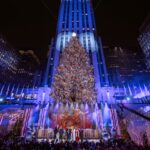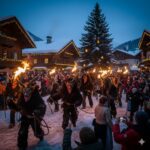While Salem and Transylvania dominate Halloween travel itineraries, the world harbors countless lesser-known destinations where ancient legends breathe through cobblestone streets and festivals celebrate the thin veil between worlds. These underrated gems offer authentic encounters with the macabre, the mystical, and the magnificently spooky.
 Photo by Roger Ce on Unsplash
Photo by Roger Ce on Unsplash
Guanajuato, Mexico: The City That Celebrates Death
Beneath central Mexico’s colonial jewel of Guanajuato lies a labyrinth of color, culture, and centuries-old traditions that turn this UNESCO World Heritage city into a living altar each autumn. During October’s Festival Internacional Cervantino and leading into Día de los Muertos, Guanajuato becomes the heartbeat of one of the world’s most beautiful celebrations of death.
The city’s historic plazas and winding callejones (alleys) erupt with music, art, and devotion. Plaza de la Paz and Jardín de la Unión transform into open air galleries of ofrendas (altars) covered in marigolds, candles, and favorite foods of the departed. Families spend weeks crafting each intricate tribute while musicians play son jarocho and dancers in elegant Catrina costumes whirl through torchlit crowds. In the narrow Callejón del Beso, troubadour groups lead Callejoneadas, wandering parades through alleys so tight that shadows flicker against stone walls unchanged since the silver boom of the 1700s.
Yet what makes Guanajuato’s celebration profound is its authenticity. This isn’t a show for visitors, it’s a living communion between the living and the dead. Families gather overnight in candlelit cemeteries, sharing food, laughter, and remembrance beside decorated graves, while children carry flowers through the night in joy, not fear. Amid its vibrant colonial hues, deep reds, ochres, and blues, Guanajuato pulses with a singular truth: in Mexico, death is not an ending but a transformation, a luminous return to life’s eternal rhythm.
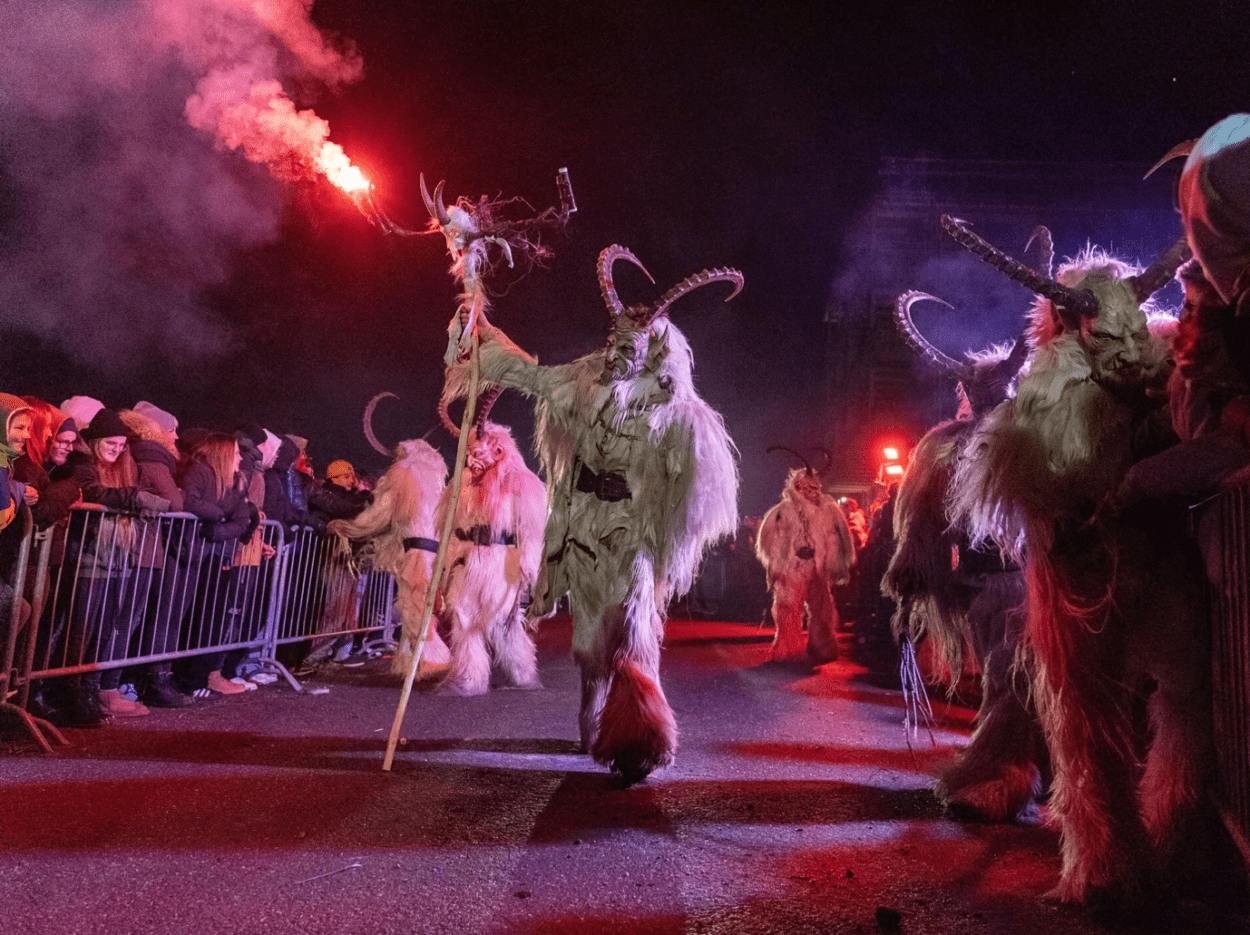
Salzburg & Alpine Villages, Austria: When Krampus Comes to Town
Long before Santa Claus rewarded the virtuous, the Alpine regions of Austria honored a darker Christmas spirit: Krampus, the horned demon who punished the wicked. From late November through early December, sometimes as early as October, historic villages across the Alps transform into scenes of eerie festivity during Krampusnacht and Krampuslauf, where folklore and fear intertwine beneath falling snow.
In Salzburg, Mozart’s baroque hometown and a UNESCO World Heritage treasure, hundreds of performers parade through narrow medieval streets in hand-carved wooden masks, fur suits, and cowbells weighing up to 50 pounds. These aren’t mere costumes but heirlooms, each mask crafted by artisans following centuries-old rituals. As torches flare and bells echo against the 17th-century façades, the Krampuslauf becomes a symphony of chaos, demons chasing shrieking children while adults press against ancient stone walls, caught between fear and fascination.
In smaller towns like Lienz in East Tyrol, the custom feels even more intimate. Here, local families who have guarded the ritual for generations transform the pastel Gothic square into a stage for choreographed battles between good and evil. The spectacle, at once terrifying and beautiful, reminds all who watch that Christmas in the Alps is as much about darkness as it is about light.
 Photo by Jack Anstey on Unsplash
Photo by Jack Anstey on Unsplash
Edinburgh, Scotland: Where Magic and History Collide
Edinburgh’s medieval Old Town, with its labyrinth of narrow wynds (alleys) and towering Gothic architecture, has long captured imaginations as one of the world’s most atmospheric cities. The city’s dark stone buildings, perpetual mist, and layered history of witchcraft trials and underground vaults create an ambiance that inspired J.K. Rowling to pen much of Harry Potter in its cozy cafes.
During October’s Samhuinn Fire Festival, Edinburgh transforms into a pagan spectacle celebrating the Celtic new year. Thousands gather on Calton Hill as the Beltane Fire Society performs elaborate fire rituals, with painted performers representing the battle between summer and winter. The Royal Mile, stretching from Edinburgh Castle to Holyrood Palace, becomes the heart of Halloween celebrations, where Victoria Street’s colorful curved architecture allegedly inspired Diagon Alley.
Greyfriars Kirkyard, with its 16th and 17th-century tombstones, is both beautiful and haunting. Here lies the grave of Thomas Riddell, William McGonagall, and a mausoleum belonging to the Black family, names that found their way into Potter lore. The kirkyard is allegedly home to the Mackenzie Poltergeist, with nighttime tours reporting unexplained scratches, cold spots, and visitors fainting in the Black Mausoleum.
The city’s magical atmosphere intensifies during autumn when early darkness and swirling mists shroud the Gothic skyline. Ghost tours descend into underground vaults beneath South Bridge where 17th-century plague victims were sealed alive, while traditional Scottish storytellers share tales of kelpies, selkies, and the Cailleach in candlelit taverns where stone walls have absorbed centuries of whispered legends.
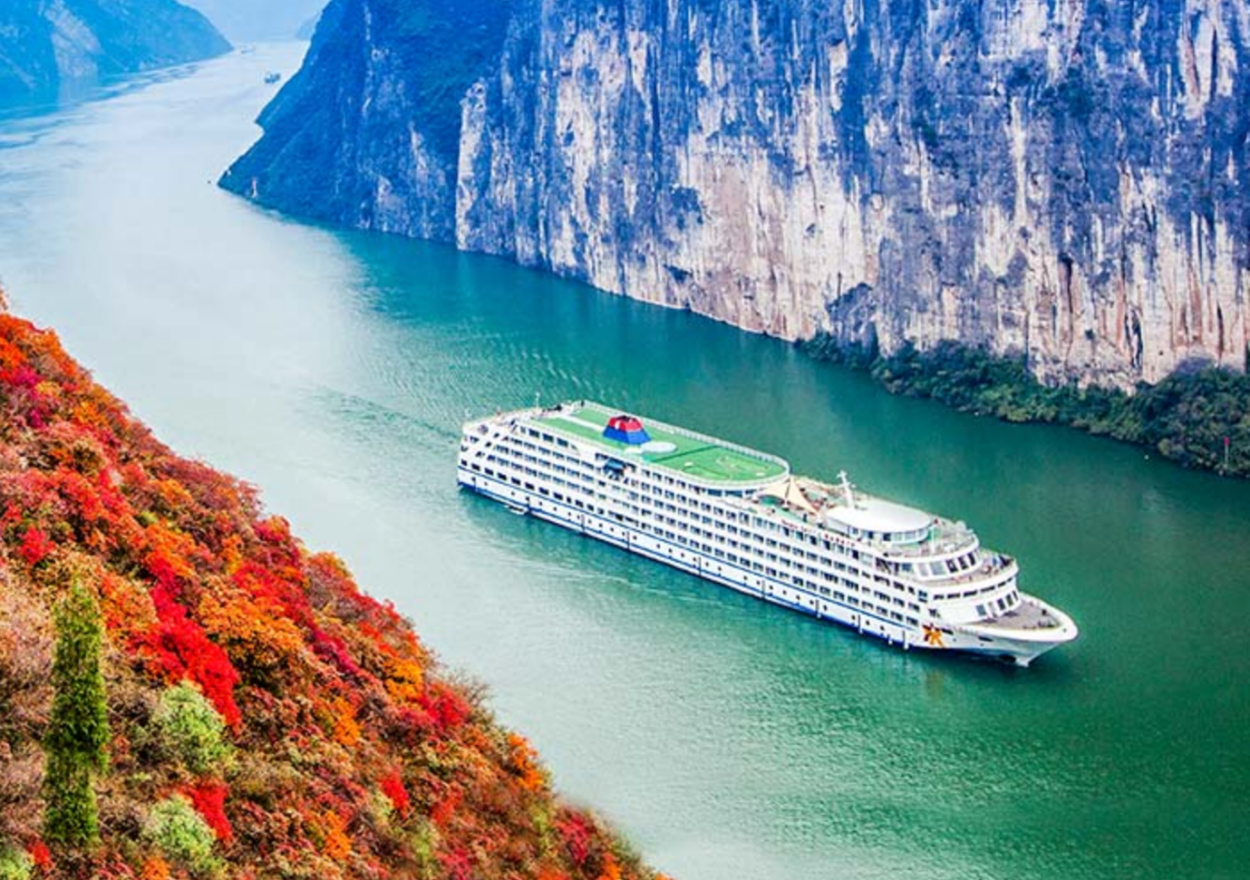
Fengdu, China: The Ghost City on the Yangtze
For nearly 2,000 years, Fengdu, known as China’s City of Ghosts, has stood as a portal between the living and the dead. Perched along the Yangtze River, this ancient town evolved into a vast spiritual complex of temples, shrines, and statues illustrating the ten levels of the Chinese afterlife. The legend began in the Tang Dynasty, when two officials, whose combined names formed “Yinwang,” or King of the Underworld, were said to have ascended to immortality here, sealing Fengdu’s ghostly legacy.
During the Hungry Ghost Festival, usually in late summer but extending into October, the city transforms into a haunting spectacle. Rituals and paper offerings appease wandering souls, while performers reenact the journey through the judgment halls of hell. Visitors cross the famed Nothing-To-Be-Done Bridge, choosing paths of virtue, evil, or neutrality, where the righteous pass unharmed, and the wicked are said to fall into the abyss below. Ancient temples and incense-filled halls still crown Ming Shan, gazing over the Yangtze like sentinels of an eternal afterlife, reminding travelers that in Fengdu, morality, myth, and mortality intertwine on sacred ground.
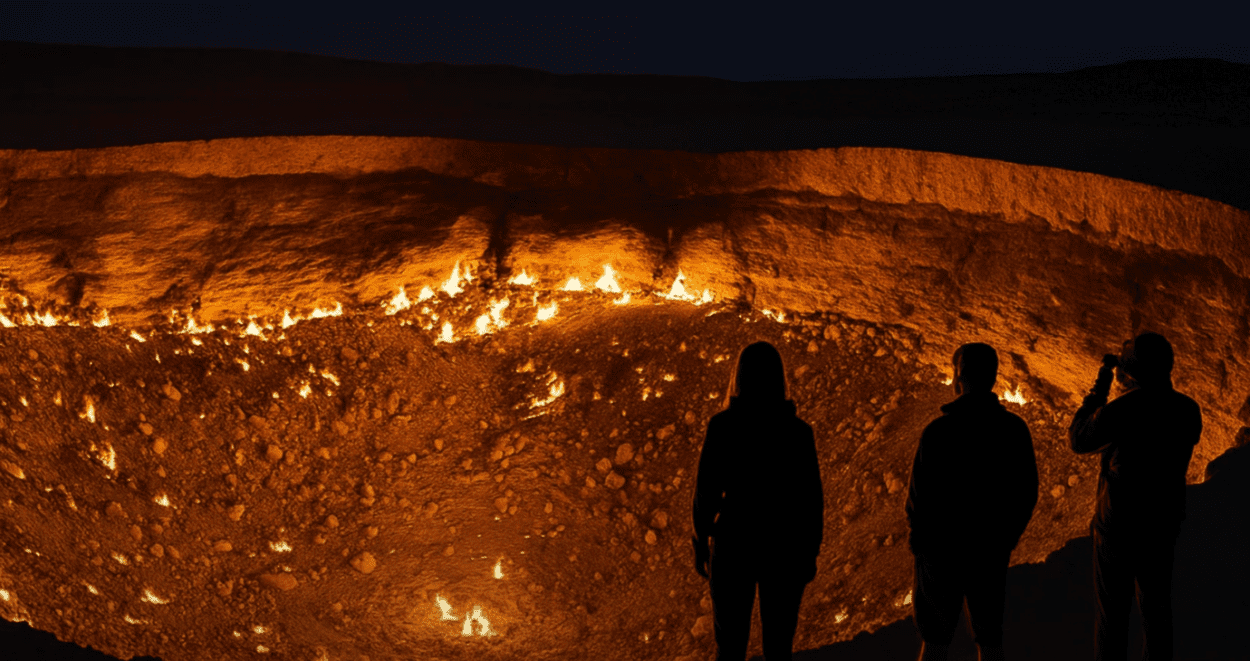
Darvaza Gas Crater, Turkmenistan: The Door to Hell
Deep in Turkmenistan’s Karakum Desert, the Darvaza gas crater, aptly nicknamed the Door to Hell, has burned for over half a century, born from a Soviet drilling accident in 1971. When geologists struck a vast pocket of natural gas, the ground collapsed, and to prevent a methane catastrophe, they set it alight, expecting it to extinguish within weeks. Instead, the crater, roughly 69 meters wide and 30 meters deep, became a perpetual inferno. Its orange-red glow floods the desert night for kilometers, a fiery wound in the earth that endures despite efforts in 2025 to shrink its size, defying both human control and time itself.
By October, the Door to Hell becomes even more haunting. Travelers trek across the dark desert toward the crater’s blinding radiance, the air thick with heat and the low roar of burning gas echoing like an elemental heartbeat. Standing at the rim feels like peering into the planet’s core, a place where fire and myth converge. Local guides speak of it as a passage to the underworld, and under the vast, star-drenched sky, the contrast between the Karakum’s stillness and the crater’s fury evokes both awe and humility, a reminder of nature’s power and humanity’s smallness before it.
 Photo by Clark Wilson on Unsplash
Photo by Clark Wilson on Unsplash
Appalachian Legends: Where Ancient Mountains Meet Modern Wanderlust
The Appalachian Mountains, among the oldest mountain ranges on Earth, stretch across the eastern United States, their timeworn ridges whispering stories older than civilization itself. Formed over 200 million years ago, these mountains are steeped not only in geological wonder but in rich folklore and myth, from Cherokee tales of protective forest spirits to Appalachian legends of ghost lights dancing in the hollows. Each autumn, the peaks blaze in shades of amber and crimson, transforming the region into a living canvas of natural beauty and ancestral memory. From Great Smoky Mountains National Park to the winding Blue Ridge Parkway, the Appalachians offer an escape where the mystical and the earthly meet.
Tourism across the Appalachians is as diverse as the range itself. Adventurers can hike the legendary Appalachian Trail, bike through misty valleys, paddle along serene rivers, or trace the region’s history through its storytelling traditions. Scenic drives like the Blue Ridge Parkway reveal breathtaking panoramas, while cultural landmarks such as the Biltmore Estate in Asheville and Dollywood in Pigeon Forge celebrate the area’s creative spirit. Around every bend, travelers discover a landscape alive with music, folklore, and mountain lore, where every creek and cabin seems to hold a story passed through generations.
Hidden gems abound, from Little Switzerland, a quaint North Carolina village with European charm and sweeping vistas, to artisan towns preserving the mountains’ soulful legacy. The Arrowmont School of Arts and Crafts in Gatlinburg keeps Appalachian traditions alive through weaving, woodcarving, and herbal folk practices once rooted in mountain mysticism. Whether wandering Cades Cove’s historic homesteads or listening to age-old ballads drifting through the valleys, travelers discover a destination where legend, artistry, and landscape intertwine, a timeless journey through the mythic heart of the Appalachians.
Planning Your Enchanted Autumn Journey
These destinations offer more than seasonal thrills—they provide windows into how different cultures have understood death, magic, and the supernatural across centuries. Visit during shoulder season (September through early November) to avoid crowds while experiencing authentic autumn festivals. The most memorable moments often occur in quiet contemplation, when you can almost hear history whispering through the shadows of ancient streets.
These underrated destinations prove that the most authentic chills come not from manufactured frights, but from standing where history’s darkest chapters unfolded, where the boundary between legend and truth blurs like fog rolling over medieval streets.

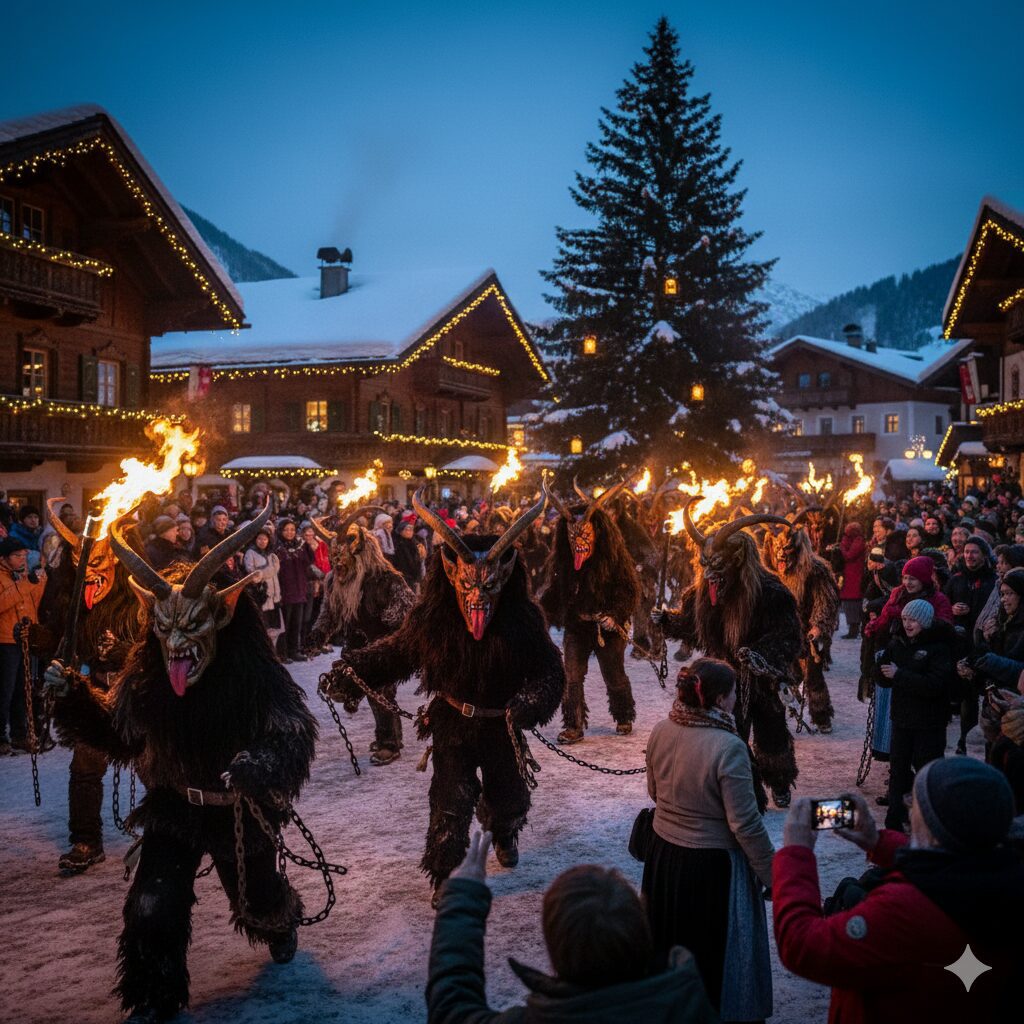
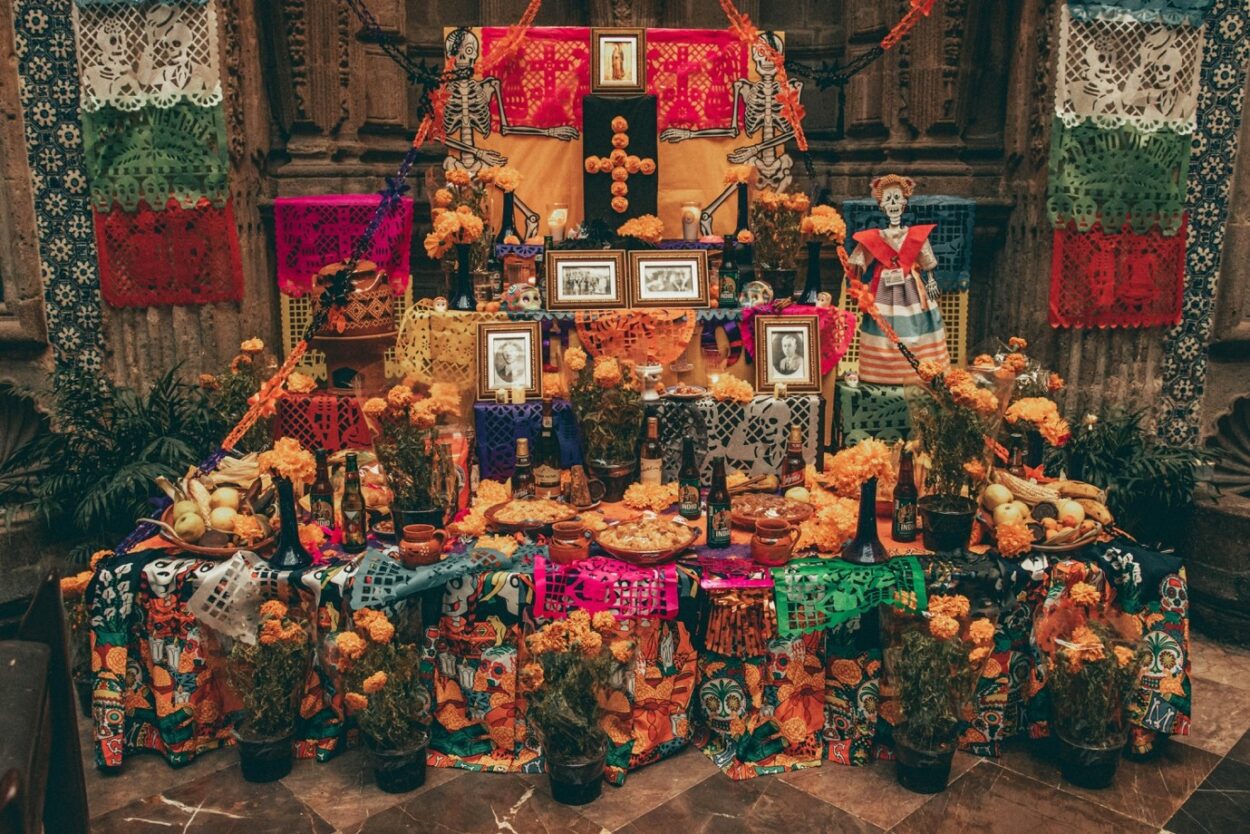 Photo by
Photo by 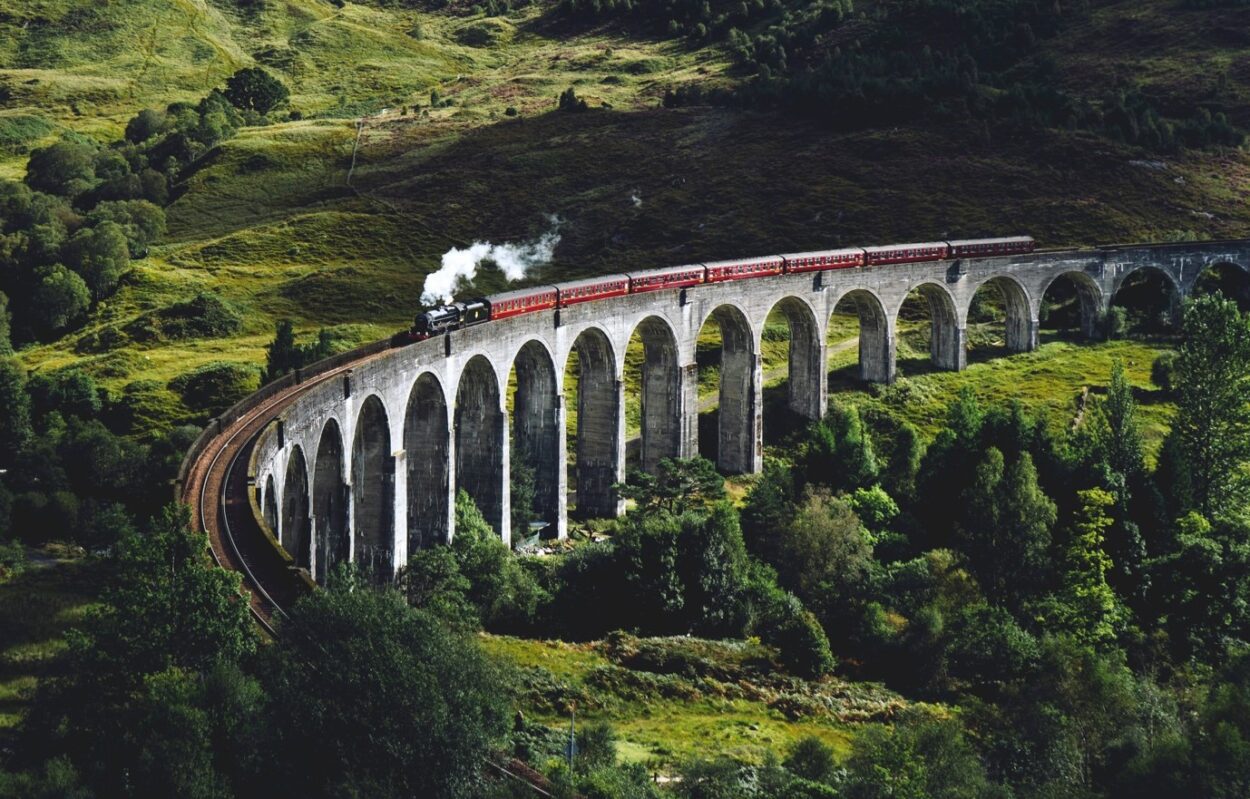 Photo by
Photo by 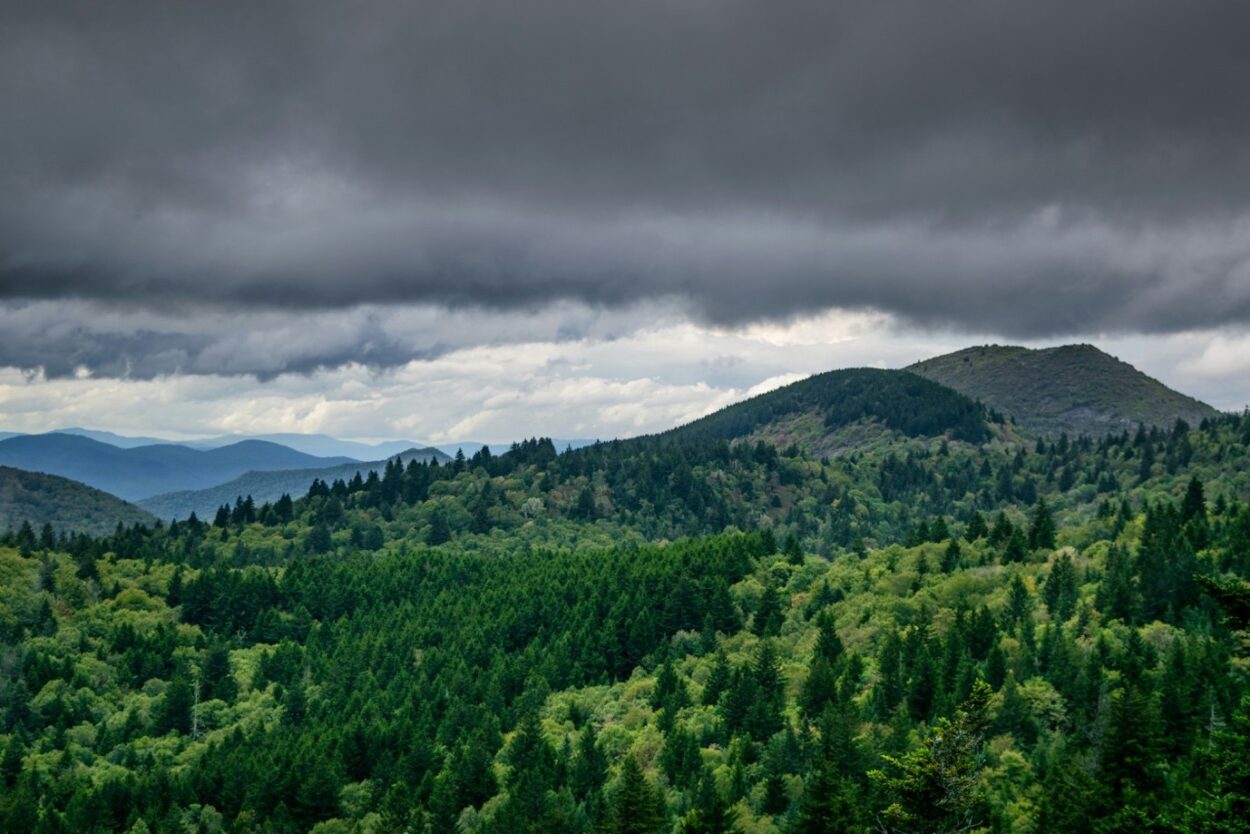 Photo by
Photo by 